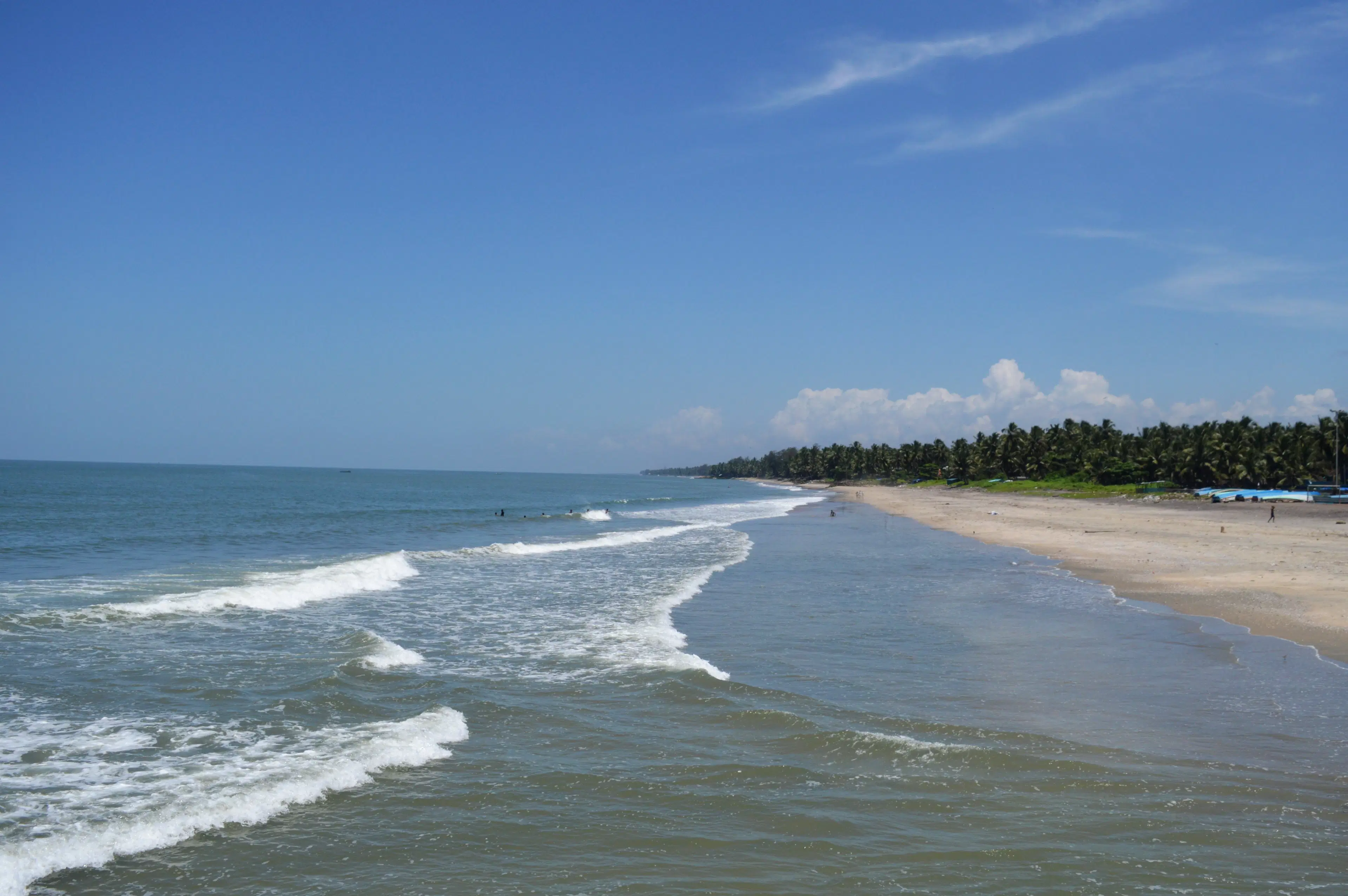
Hotels
•04 min read

Banaras, also known as Varanasi, is one of India’s most iconic destinations. Its rich spiritual heritage, vibrant culture, and scenic ghats along the Ganges River make it a haven for travelers. You will find that the weather and seasons play a key role in planning the perfect trip. Choosing the right time to visit Banaras can make your experience more comfortable and memorable. This checklist-style post will help you decide on the best season to travel. Here, you will learn about the perfect weather for sightseeing, ideal times for activities, and tips for booking accommodations during both peak and off-seasons.
Banaras experiences three main seasons: summer, monsoon, and winter. Each season shapes your travel plans in a unique way. The right season provides pleasant weather and creates opportunities to enjoy the culture and calm of the ghats. Choosing wisely means you have a more enjoyable visit.
Winter (November–February): The weather is cool and pleasant. It is the preferred period for sightseeing and cultural events. Many local festivities add to the charm of Banaras in these months.
Monsoon (July–October): The rains soften the city. Although occasional showers can disrupt plans, the monsoon brings lush greenery and a serene ambiance to the ghats.
Summer (March–June): The city experiences hot and dry weather. This period is generally considered the off-season, but it can be a good time for travelers looking for budget-friendly deals.
Insight Corner: Why Winter is the Best Season to Visit Banaras
Winter brings temperatures between 10°C and 20°C, ideal for exploring the city. The cooler air and cultural festivals create an inviting atmosphere that is hard to match in other seasons.
The right season can change your travel experience entirely. Think about these key factors:
Weather conditions that are ideal for sightseeing and boat rides on the Ganges.
The crowd levels during tourist seasons and more peaceful visits during the off-season.
Availability of accommodations with attractive deals during different seasons.
January–February: These months offer a perfect blend of cool weather and cultural exploration. Enjoy photography and the festive spirit of Banaras.

March–June: Expect hot weather. Few tourists visit during this period, which means you may find lower prices on hotels and other services.
July–October: This is monsoon time. You will witness the charm of rainy Banaras but be prepared for unpredictable showers.
November–December: The peak season for tourism. With pleasant weather and many festivals, it is wise to book your accommodations early to secure the best deals.
The peak tourist season means lively streets and festive celebrations. It is the favorite season for many because the weather is mild. However, high demand can lead to higher hotel rates and sometimes crowded attractions.
The off-season offers a quiet and personalized travel experience. You will enjoy fewer crowds and lower costs for accommodations. Although the intense summer heat or occasional monsoon rains might be less appealing, the savings and tranquility can be a big plus for many travelers.
During the peak season, it helps to plan ahead. Reserve your accommodations as early as possible. Look for boutique hotels and homestays that provide an authentic experience. Staying close to the key attractions, such as the famous ghats and religious landmarks, enhances your overall journey.
During the off-season, you have more chances to find attractive hotel deals and discounts. Many hotels offer special packages to attract travelers during the summer and monsoon months. Choosing a location near prominent sites, like Assi Ghat or the Kashi Vishwanath Temple, adds convenience to your trip.

Each season in Banaras has something unique to offer. In winter, you can attend local festivals, enjoy early-morning boat rides on the Ganges, and visit ancient temples bathed in the gentle morning light. In the monsoon, the city feels fresh and green. Enjoy quieter moments at the ghats and feel the calm of the rain. When visiting in summer, focus on indoor activities such as exploring museums or watching cultural performances.
Pack smartly according to the season. In summer, light and breathable clothing is essential. Bring rain gear if you plan to visit during the monsoon. In winter, pack some warm layers for those cooler mornings and evenings. Early mornings and late afternoons during winter are ideal for photography, capturing the soft light and dynamic life of Banaras. Always respect local customs, especially when visiting religious sites.
Summer (March–June) is the off-season due to the intense heat, while July–September has moderate crowds during the monsoon season.
Two to three days are ideal to see the main attractions, including the ghats, temples, and cultural landmarks.
December to February offers pleasant weather and family-friendly activities, making it ideal for family travels.
April to June can be challenging because of extreme heat, while heavy rains in July and August may also pose difficulties.
Plan ahead and book early during the peak season, compare available deals online, and consider accommodations near popular ghats for easy access.
When planning your next trip, remember that Banaras best time to visit is all about balancing your preferences with seasonal weather. Winter reigns as the best season with its comfortable temperatures and rich cultural tapestry. The quieter monsoon season offers a serene escape, while summer provides more budget-friendly options if you can handle the heat. In each case, understanding the weather in Banaras for travelers and planning your stay accordingly helps you get the most out of your journey. Consider these tips on when to visit Banaras for tourism, and let the experience inspire your inner wanderer. With the right approach and careful planning, your expedition to Banaras will be both magical and memorable.